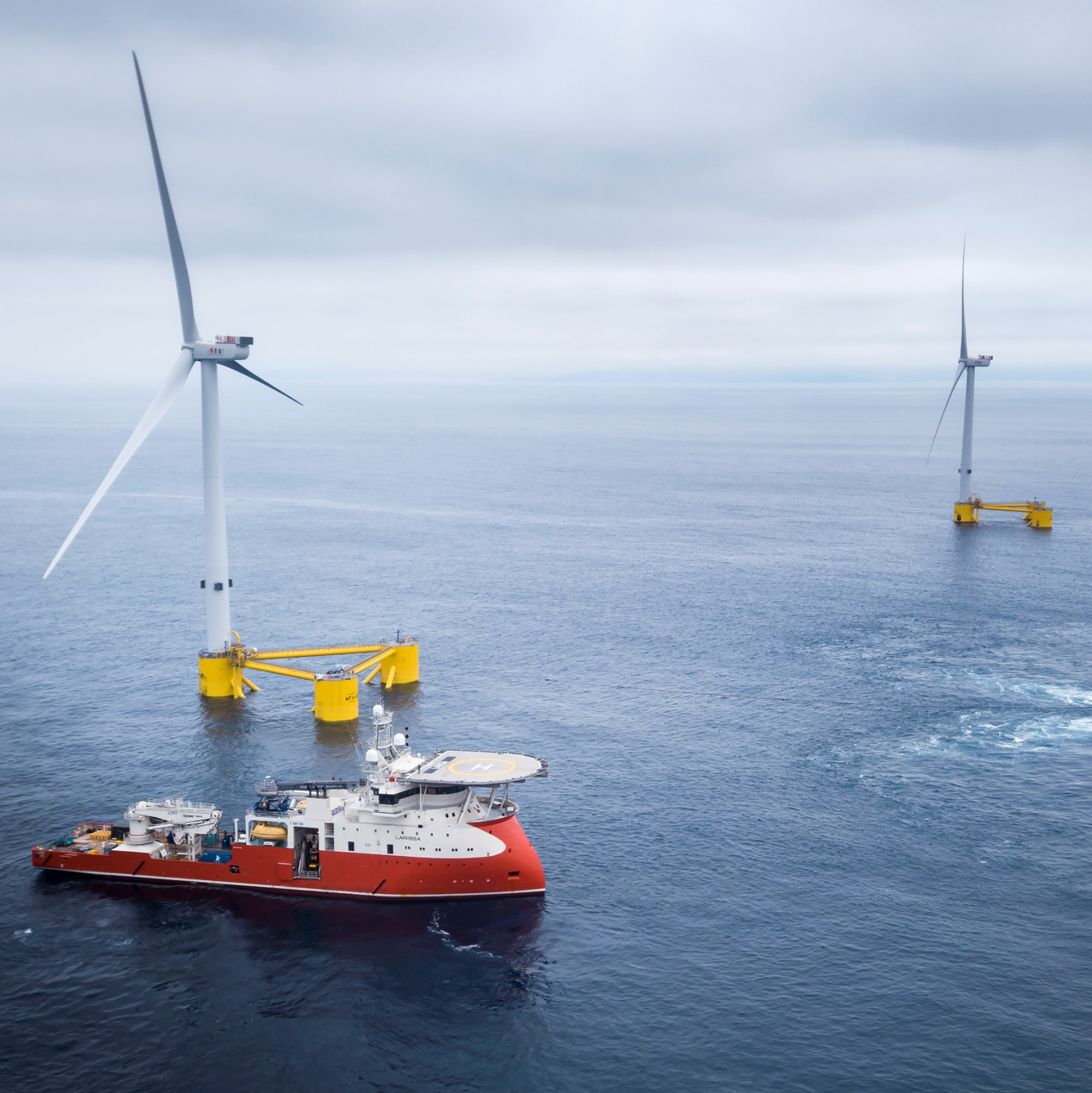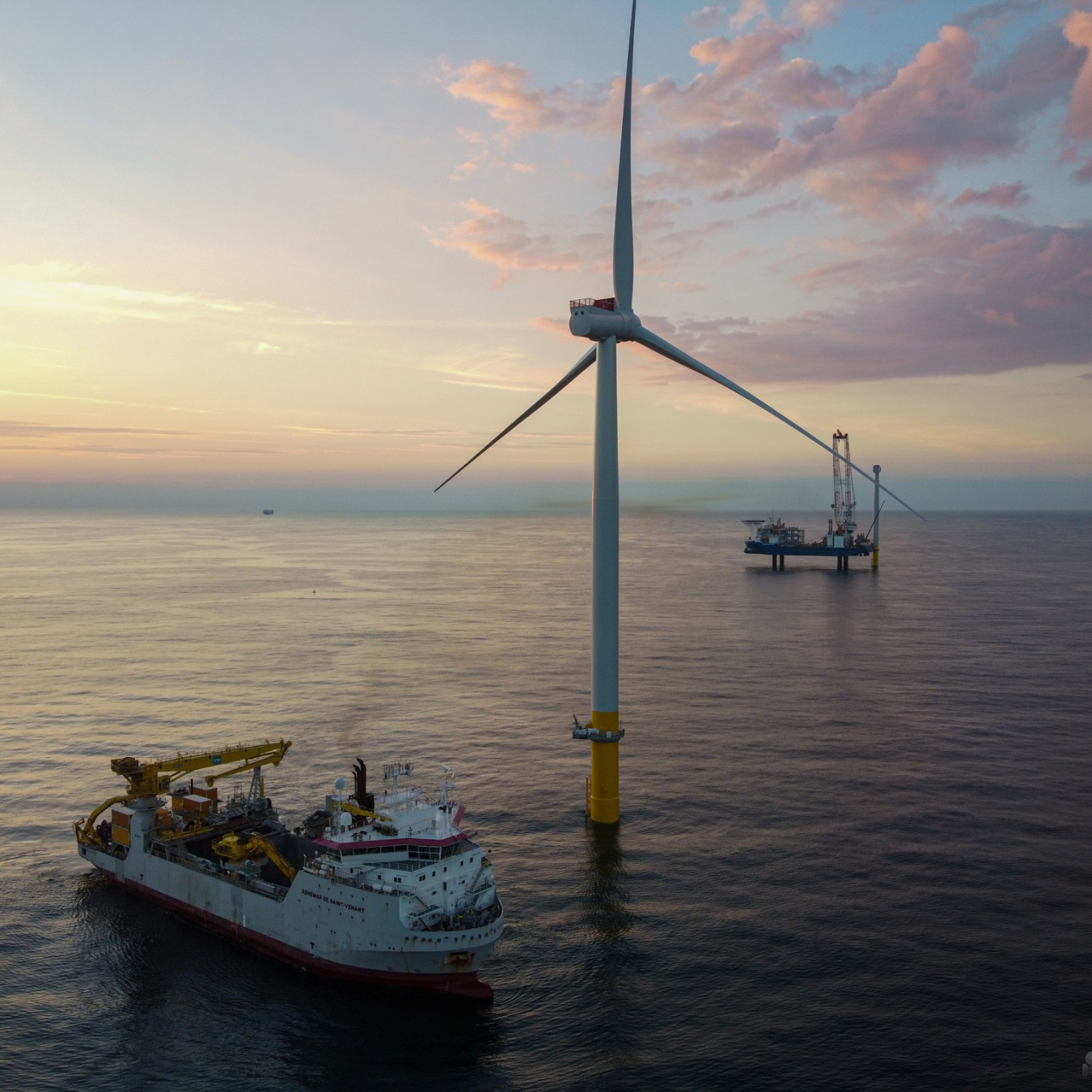The biannual U.S. Department of Energy (DOE) Wind Research and Development (R&D) Newsletter provides recent news about the DOE Wind Energy Technologies Office's R&D projects, news, accomplishments, and recent publications.
Current Research & Development
National Offshore Wind Research and Development Consortium Hits Full Stride
With 40 offshore wind R&D awards issued so far, the NOWRDC is driving critical innovation in the U.S. offshore wind energy industry
The National Offshore Wind Research and Development Consortium (NOWRDC), established in 2018 as a nonprofit public-private partnership, focuses on advancing offshore wind technology in the United States through high-impact research projects and cost-effective, responsible development to maximize economic benefits. The NOWRDC supports research to accelerate the U.S. offshore wind energy industry.
To date, NOWRDC has issued 40 R&D awards, totaling $28.3 million across 25 states. These projects generally focus on three research pillars that aim to guide technical solutions to barriers in the U.S. offshore wind energy industry:
- Offshore wind technology advancement
- Offshore wind power resource and physical site characterization
- Installation, operation and maintenance (O&M), and supply chain.
The Future of Offshore Wind Is Big—Literally
Larger plant and wind turbine sizes could lead to cost cuts of more than 23%
Offshore wind turbines and wind power plants are getting bigger every year, a trend that already helps offshore wind reduce costs all over the world. But while recent research suggests that costs will continue to dip as wind turbines and plants get bigger, the amount of these potential savings and whether there’s a maximum size where costs plateau remains unclear.
Now, in a recent study published in Applied Energy, researchers from NREL conducted one of the most comprehensive analyses currently available of the average cost per megawatt-hour to develop and maintain offshore wind power plants and how those costs could change if current trends toward larger plants and turbines continue.
-
 SEER, the U.S. Offshore Wind Synthesis of Environmental Effects Research, is designed to shed light on the environmental effects of offshore wind development, identify existing gaps in information, and prioritize future environmental research efforts.
SEER, the U.S. Offshore Wind Synthesis of Environmental Effects Research, is designed to shed light on the environmental effects of offshore wind development, identify existing gaps in information, and prioritize future environmental research efforts. -
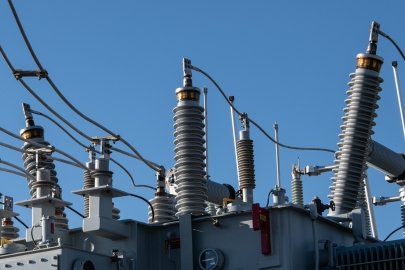 Various energy industry stakeholders are calling for interconnection queue reform. While many projects that apply for interconnection are never built, data from these queues nonetheless provide a glimpse of the types of projects under development.
Various energy industry stakeholders are calling for interconnection queue reform. While many projects that apply for interconnection are never built, data from these queues nonetheless provide a glimpse of the types of projects under development. -
 Weather models have difficulty forecasting the cold, near-ground temperatures in cold pools, resulting in subtle errors that have a big impact on the magnitude and timing of wind power predictions. A new method can cut wind speed errors by as much as 20%.
Weather models have difficulty forecasting the cold, near-ground temperatures in cold pools, resulting in subtle errors that have a big impact on the magnitude and timing of wind power predictions. A new method can cut wind speed errors by as much as 20%. -
 The National Rotor Testbed is an open platform for testing new wind turbine technologies and collaborating among national laboratories to validate advanced computational models for wind turbines. The platform now includes wake control research.
The National Rotor Testbed is an open platform for testing new wind turbine technologies and collaborating among national laboratories to validate advanced computational models for wind turbines. The platform now includes wake control research. -
 Distributed wind energy systems have unique characteristics, such as likely threats, geography, stakeholders, risk tolerance, and mitigations. A multilaboratory research team is using resilience metrics to evaluate the benefits of distributed wind.
Distributed wind energy systems have unique characteristics, such as likely threats, geography, stakeholders, risk tolerance, and mitigations. A multilaboratory research team is using resilience metrics to evaluate the benefits of distributed wind. -
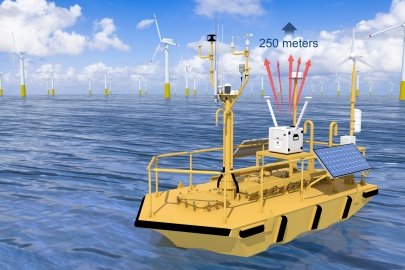 Offshore wind research buoys are equipped with instruments that can take wind speed measurements as high as 250 meters—the height of today’s wind turbines. Results will help wind power plant operators make investment and siting decisions.
Offshore wind research buoys are equipped with instruments that can take wind speed measurements as high as 250 meters—the height of today’s wind turbines. Results will help wind power plant operators make investment and siting decisions.
Letter from the Wind Energy Technologies Office Director, Dr. Robert C. Marlay
Offshore WINDPOWER 2021, convening October 13–15, provides a forum for wind energy stakeholders from government, industry, and academia to learn about and hear from a global community of top developers and experts in offshore wind. This year’s conference comes at a time when there is much to be excited about in wind energy in all its forms—offshore, land-based, and distributed. With strong support from leaders across the country, wind energy is on the cusp of a major expansion.
-
 The U.S. Department of Energy today released three reports showing record growth in land-based wind energy, significant expansion of the pipeline for offshore wind projects, and continued decline in the cost of wind energy generation.
The U.S. Department of Energy today released three reports showing record growth in land-based wind energy, significant expansion of the pipeline for offshore wind projects, and continued decline in the cost of wind energy generation. -
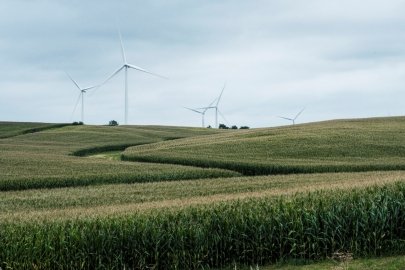 Learn How Wind Energy Can Create Jobs and Increase Tax Revenue in Your Community
Learn How Wind Energy Can Create Jobs and Increase Tax Revenue in Your Community -
 The North American Renewable Integration Study (NARIS) assesses opportunities to modernize and decarbonize the North American power system through the integrated planning and operation of generation and transmission infrastructures to meet end-use demand.
The North American Renewable Integration Study (NARIS) assesses opportunities to modernize and decarbonize the North American power system through the integrated planning and operation of generation and transmission infrastructures to meet end-use demand. -
 U.S. and Canada also release first-of-a-kind study on the benefits of cross-border grid integration to achieve a carbon-free electricity system in North America.
U.S. and Canada also release first-of-a-kind study on the benefits of cross-border grid integration to achieve a carbon-free electricity system in North America. -
 A new, comprehensive approach is now available for evaluating renewable energy project revenue and value holistically.
A new, comprehensive approach is now available for evaluating renewable energy project revenue and value holistically. -
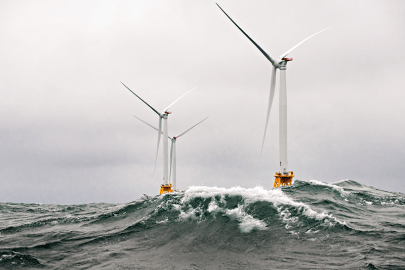 The purpose of the Supply Chain Roadmap is to present the collective benefits of a domestic supply chain and facilitate the acceleration of the offshore wind industry in the United States.
The purpose of the Supply Chain Roadmap is to present the collective benefits of a domestic supply chain and facilitate the acceleration of the offshore wind industry in the United States.
-
President Biden’s fiscal year 2022 budget request includes $205 million for the Wind Energy Technologies Office—an increase of nearly 86% over fiscal year 2021 appropriations. The proposed increase would support R&D across wind energy research areas.
-
The U.S. Department of Energy (DOE) announced awards totaling $54 million for diverse small businesses working on scientific, clean energy, and climate solutions for the American people.
-
DOE announced $1.95 million in wind-energy-related projects for national labs and their research partners as part of more than $30 million in awards for 68 projects supported by the Office of Technology Transitions Technology Commercialization Fund.
-
The U.S. Department of Energy continues to power the clean energy revolution among American small businesses and entrepreneurs with awards totaling $127 million to support 110 innovative projects.
- Comparison of Observations and Predictions of Daytime Planetary-Boundary-Layer Heights and Surface Meteorological Variables in the Columbia River Gorge and Basin During the Second Wind Forecast Improvement Project
- Control-Oriented Model for Secondary Effects of Wake Steering
- Design and Analysis of a Wake Model for Spatially Heterogeneous Flow
- Evaluation of the Potential for Wake Steering for U.S. Land-Based Power Plants
- High-Fidelity Wind Farm Simulation Methodology with Experimental Validation
- Improved Prediction of Cold-Air Pools in the Weather Research and Forecasting Model Using a Truly Horizontal Diffusion Scheme for Potential Temperature
- Loads Response That Is Due to Wake Steering on a Pair of Utility-Scale Wind Turbines
- Review of wake management techniques for wind turbines
- Review of Wind-Wave Coupling Models for Large-Eddy Simulation of the Marine Atmospheric Boundary Layer
- Land-Based Wind Market Report: 2021 Edition
- Land-Based Wind Energy Economic Development Guide
- Study Assesses Wind and Solar Value in U.S. Power Markets over Time
- Airborne Wind Energy
- Are coupled renewable-battery power plants more valuable than independently sited installations?
- Hybrid Power Plants: Status of Installed and Proposed Projects
- Lowering Post‐Construction Yield Assessment Uncertainty Through Better Wind Plant Power Curves
- Queued Up: Characteristics of Power Plants Seeking Transmission Interconnection As of the End of 2020
- Solar and wind grid system value in the United States: The effect of transmission congestion, generation profiles, and curtailment
- Spatially Explicit Prediction of Capacity Density Advances Geographic Characterization of Wind Power Technical Potential
- Distributed Wind Market Report: 2021 Edition
- Cybersecurity Guide for Distributed Wind
- Distributed Wind Resilience Metrics for Electric Energy Delivery Systems
- Microgrids, Infrastructure Resilience, and Advanced Controls Launchpad (MIRACL) Fact Sheet
- Microgrids, Infrastructure Resilience, and Advanced Controls Launchpad (MIRACL) Research: Controls Fact Sheet
- Resilience Framework for Electric Energy Delivery Systems
- Value Case for Distributed Wind in Rural Electric Cooperative Service Areas
- Justification for Updates to ANSI/ACP Small Wind Turbine Standard
- Impact of Operating Reserve Rules on Electricity Prices with High Penetrations of Renewable Energy
- The North American Renewable Integration Study (NARIS): A Canadian Perspective
- The North American Renewable Integration Study (NARIS): A U.S. Perspective
- Research Priorities and Opportunities in United States Competitive Wholesale Electricity Markets
- Power System Inertia Estimation: Review of Methods and the Impacts of Converter-Interfaced Generations, International Journal of Electrical Power & Energy Systems
- Probabilistic Resource Adequacy Suite (PRAS) v0.6 Model Documentation
- Sequence Impedance Measurement of Utility-Scale Wind Turbines and Inverters Reference Frame, Frequency Coupling, and MIMO/SISO Forms
- Offshore Wind Market Report: 2021 Edition
- Research and Development Roadmap 3.0 for the National Offshore Wind Research and Development Consortium
- Reliability-Based Layout Optimization in Offshore Wind Energy Systems
- Impacts of Turbine and Plant Upsizing on the Levelized Cost of Energy for Offshore Wind
- Specification Document for OC6 Phase II: Verification of an Advanced Soil-Structure Interaction Model for Offshore Wind Turbines
- Toward Global Comparability in Renewable Energy Procurement
Subscribe to the WETO e-newsletter to stay informed on the latest wind energy news, events, publications, and updates.
Subscribe to the WETO e-newsletter to stay informed on the latest wind energy news, events, publications, and updates.
This newsletter was also made available in PDF and email.


